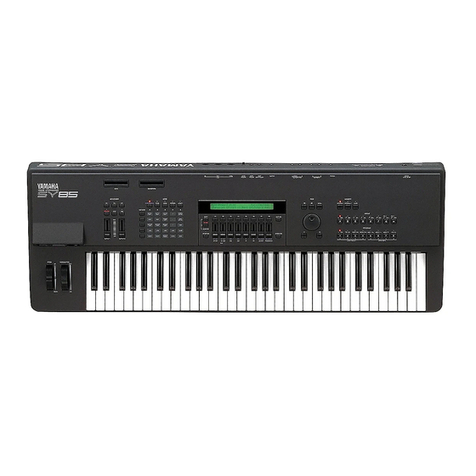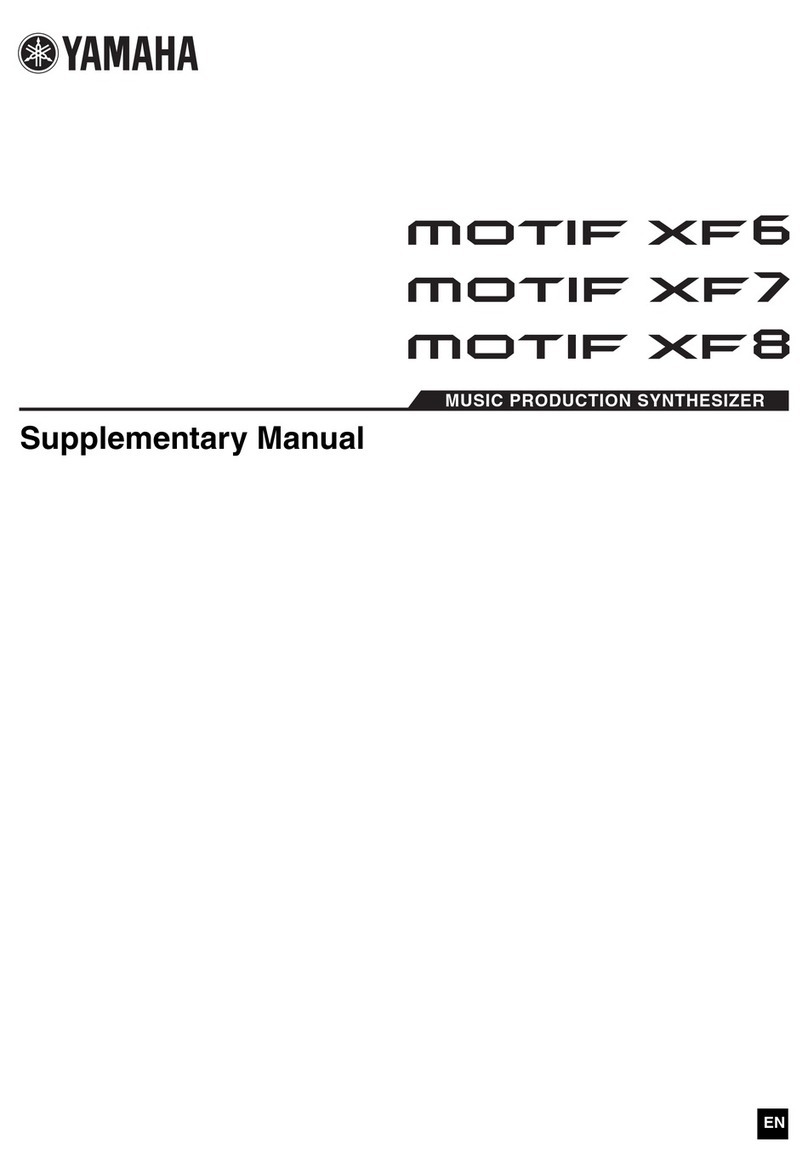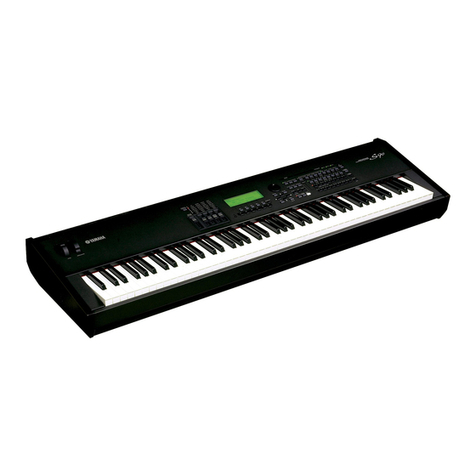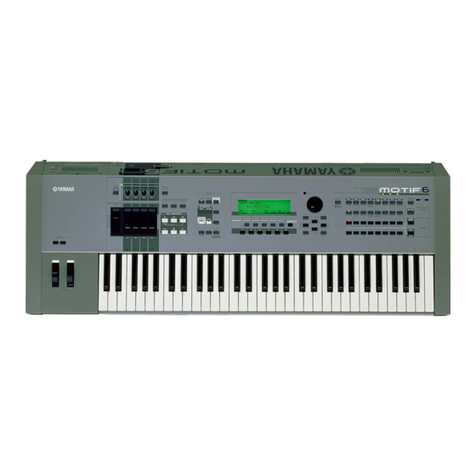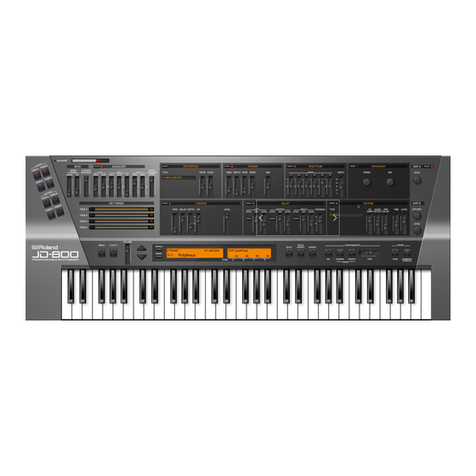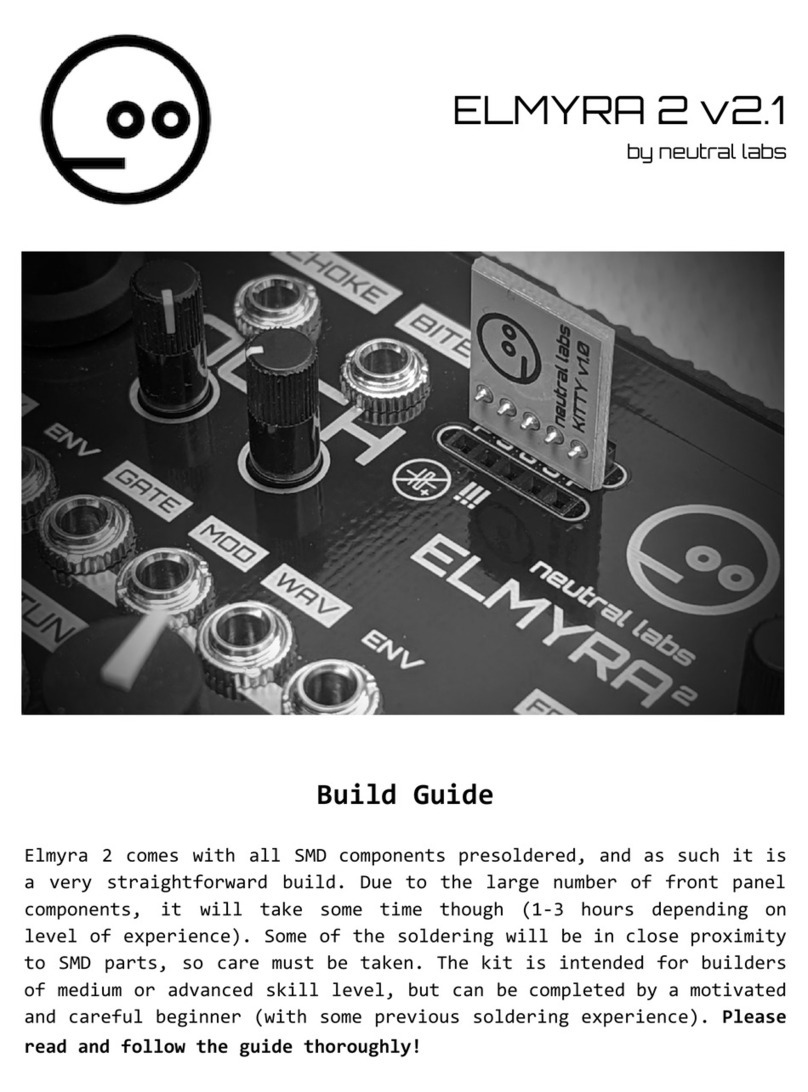Yamaha CS-5 User manual
Other Yamaha Synthesizer manuals

Yamaha
Yamaha PF-80 User manual
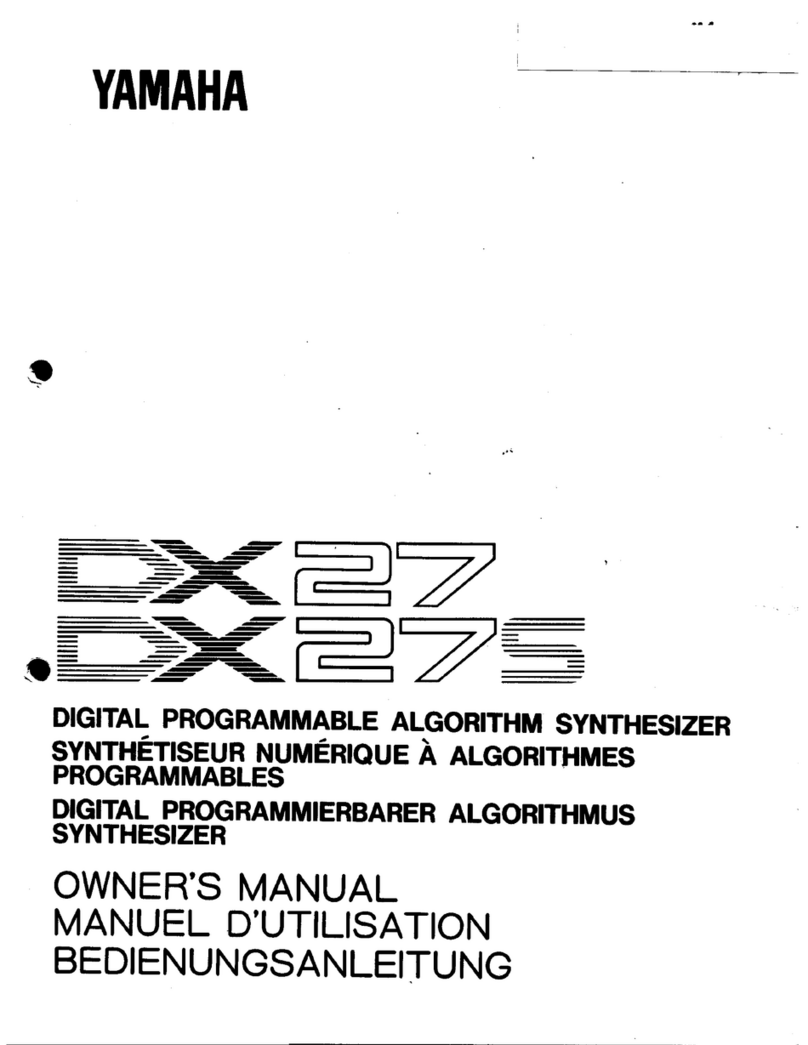
Yamaha
Yamaha DX27 User manual
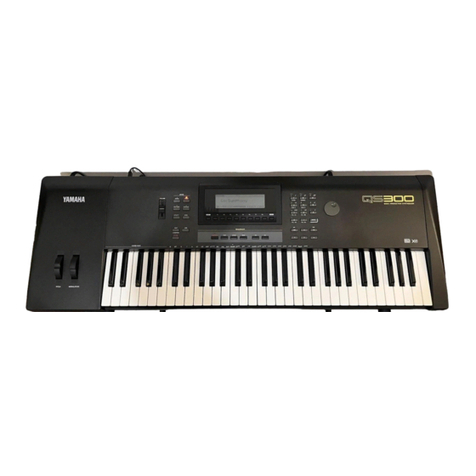
Yamaha
Yamaha QS300 Manual
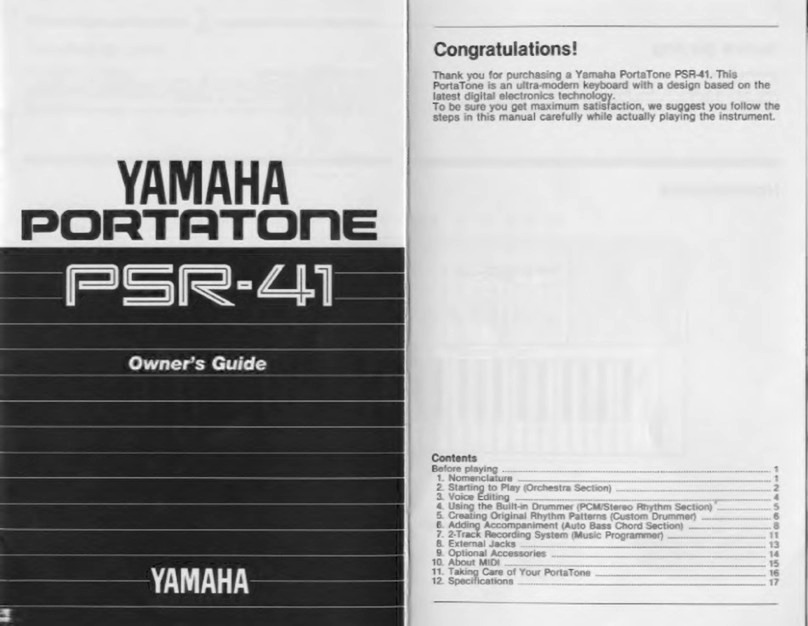
Yamaha
Yamaha PortaTone PSR-41 User manual
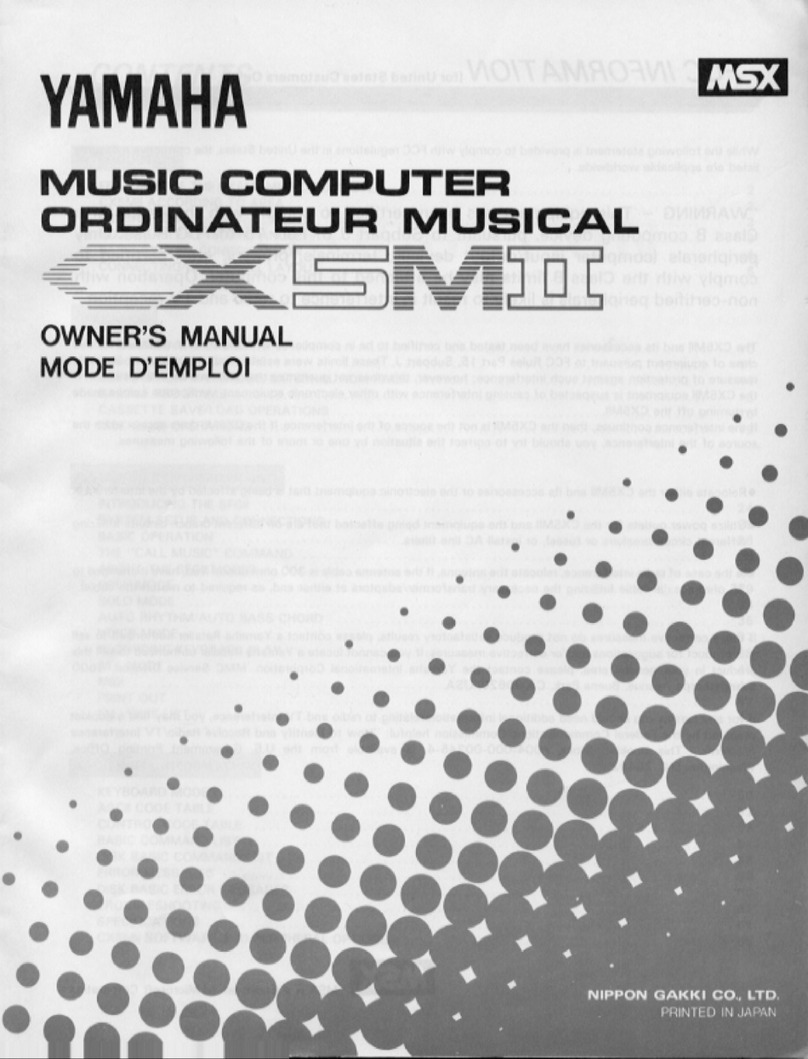
Yamaha
Yamaha CX5MII User manual

Yamaha
Yamaha CS-80 User manual

Yamaha
Yamaha PF-500 Installation and operation manual
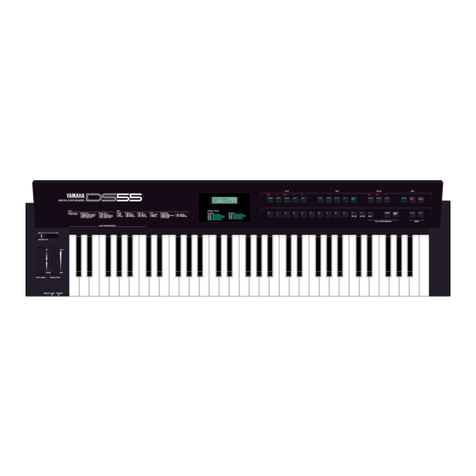
Yamaha
Yamaha DS-55 User manual
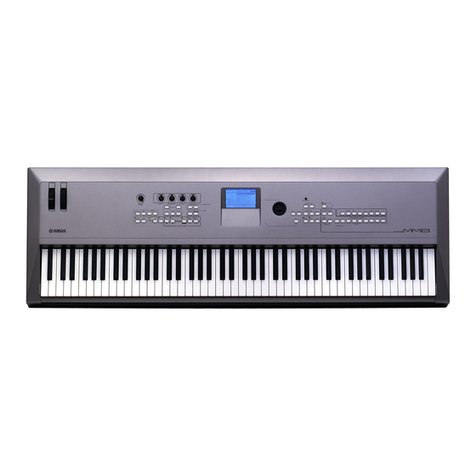
Yamaha
Yamaha MM6 Setup guide
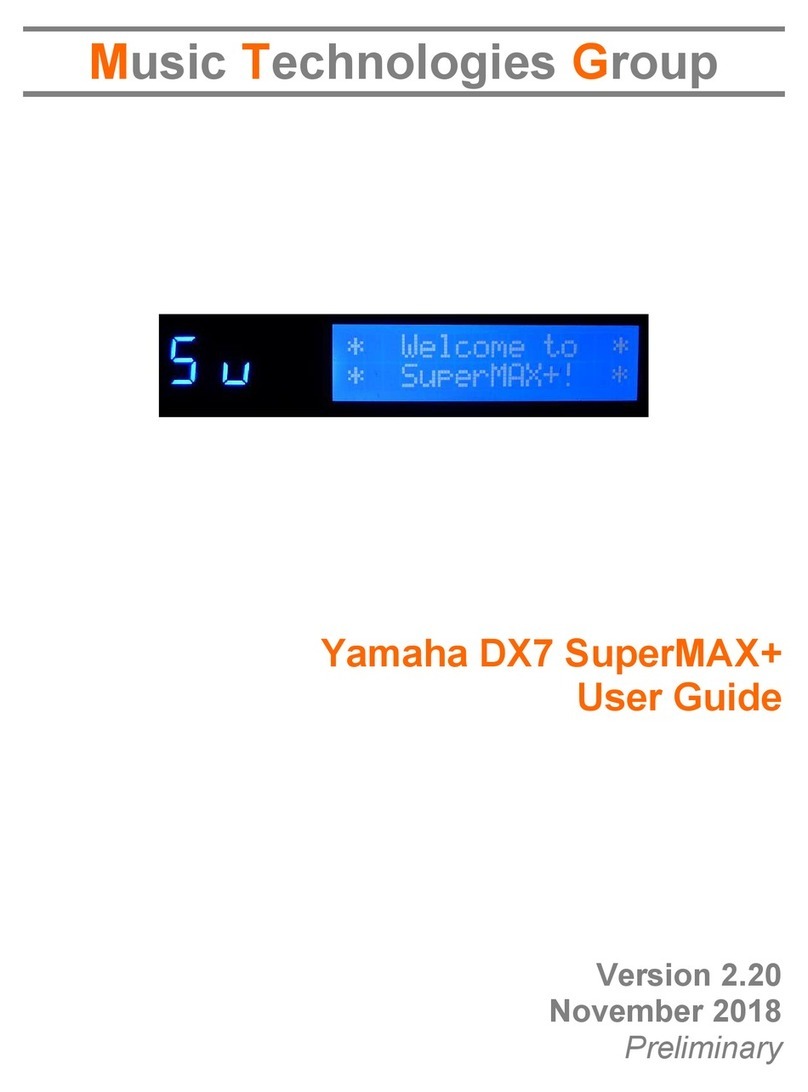
Yamaha
Yamaha DX7 SuperMAX+ User manual
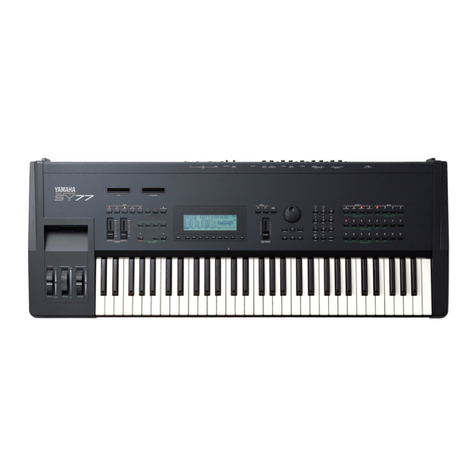
Yamaha
Yamaha SY-77 User manual
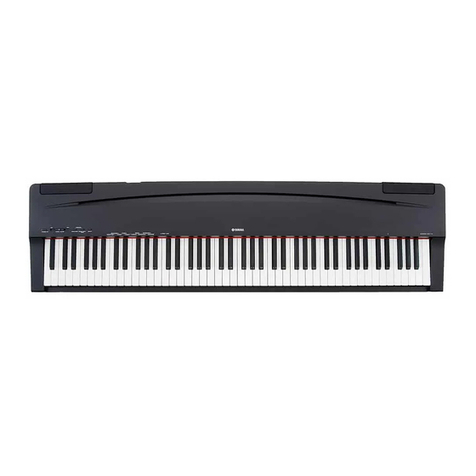
Yamaha
Yamaha P-70 P-70S User manual
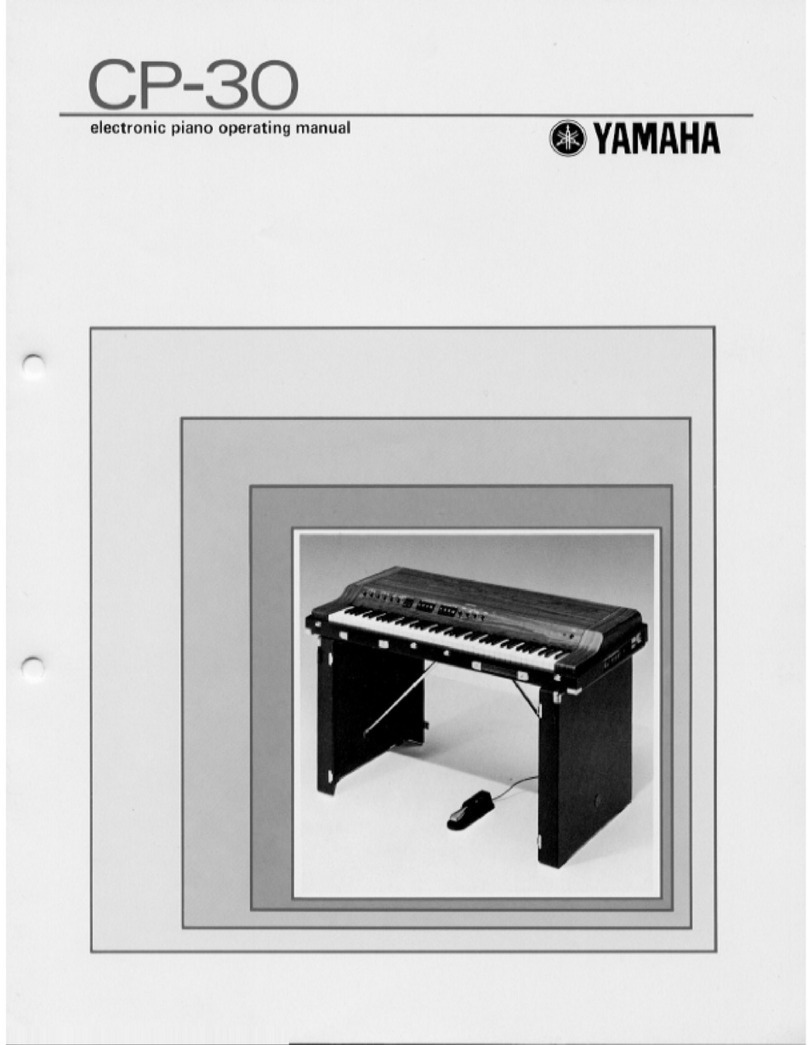
Yamaha
Yamaha CP-30 User manual
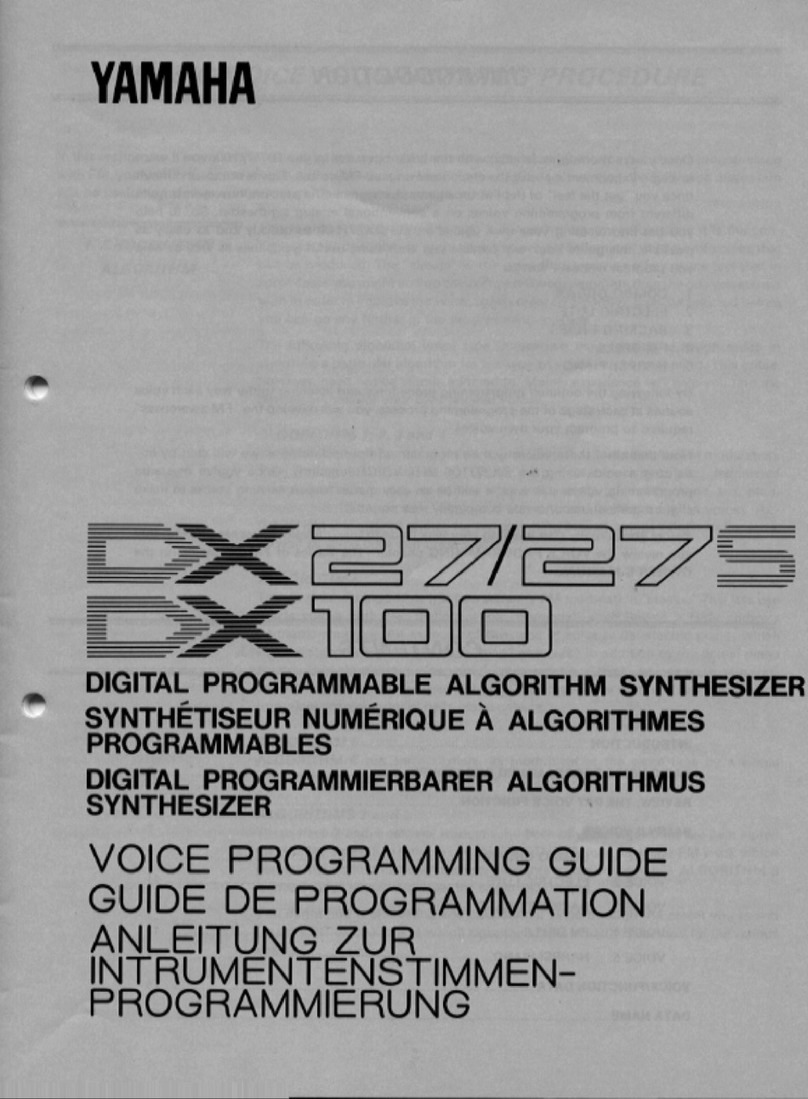
Yamaha
Yamaha DX100 Operating instructions
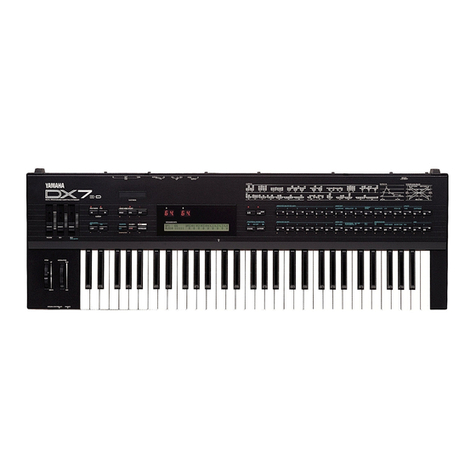
Yamaha
Yamaha DX7 II FD User manual
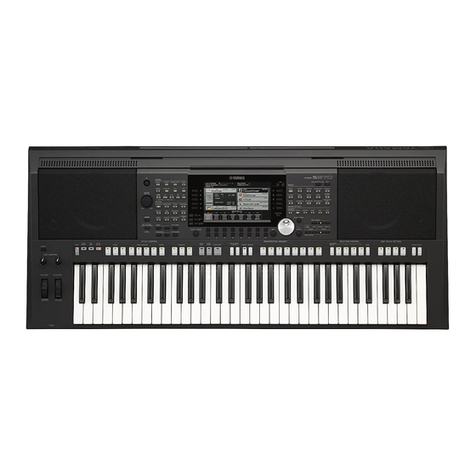
Yamaha
Yamaha PSR-S970 User manual
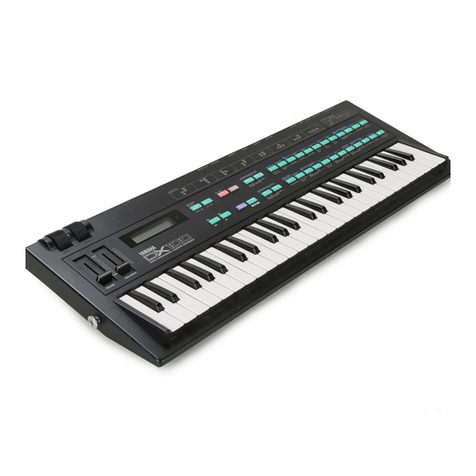
Yamaha
Yamaha DX100 User manual
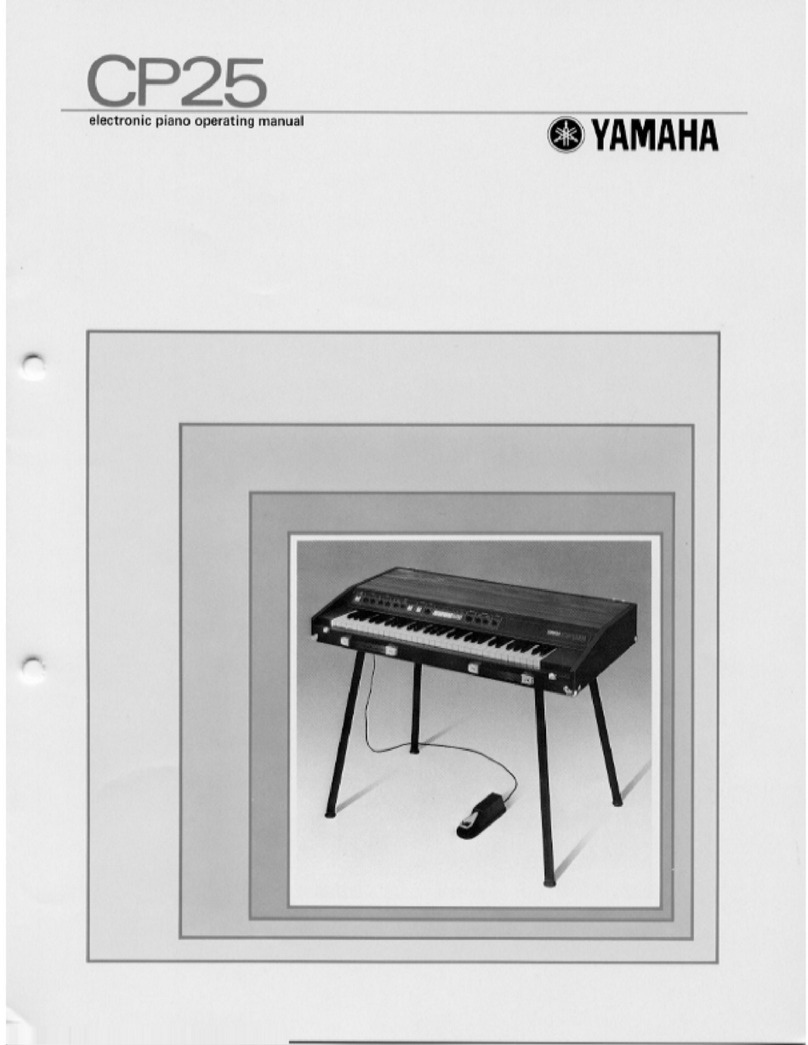
Yamaha
Yamaha CP-25 User manual
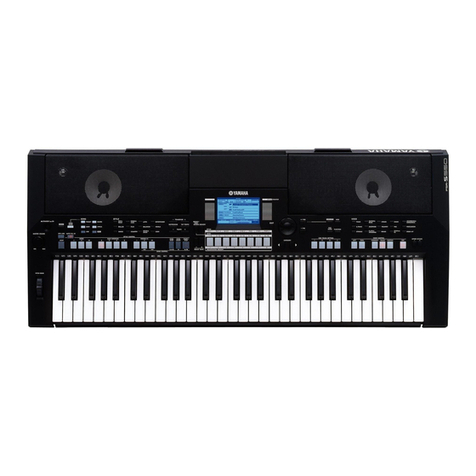
Yamaha
Yamaha PSR-S550 User manual

Yamaha
Yamaha JOGR JOGRR CS50 User manual
